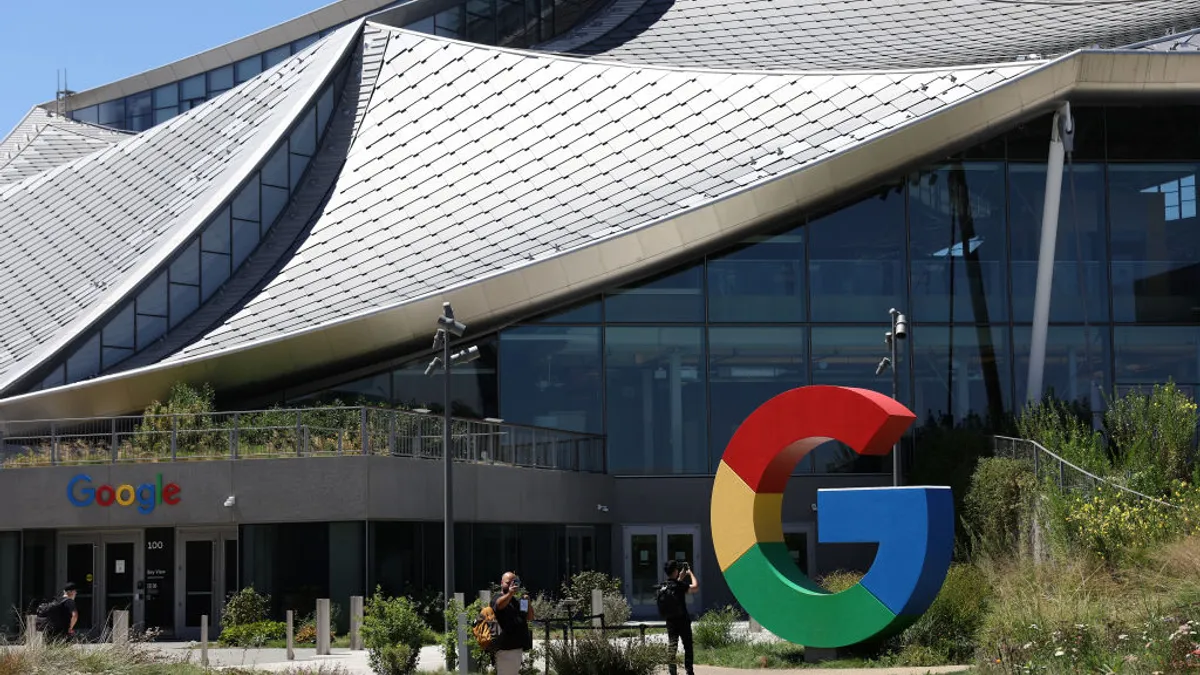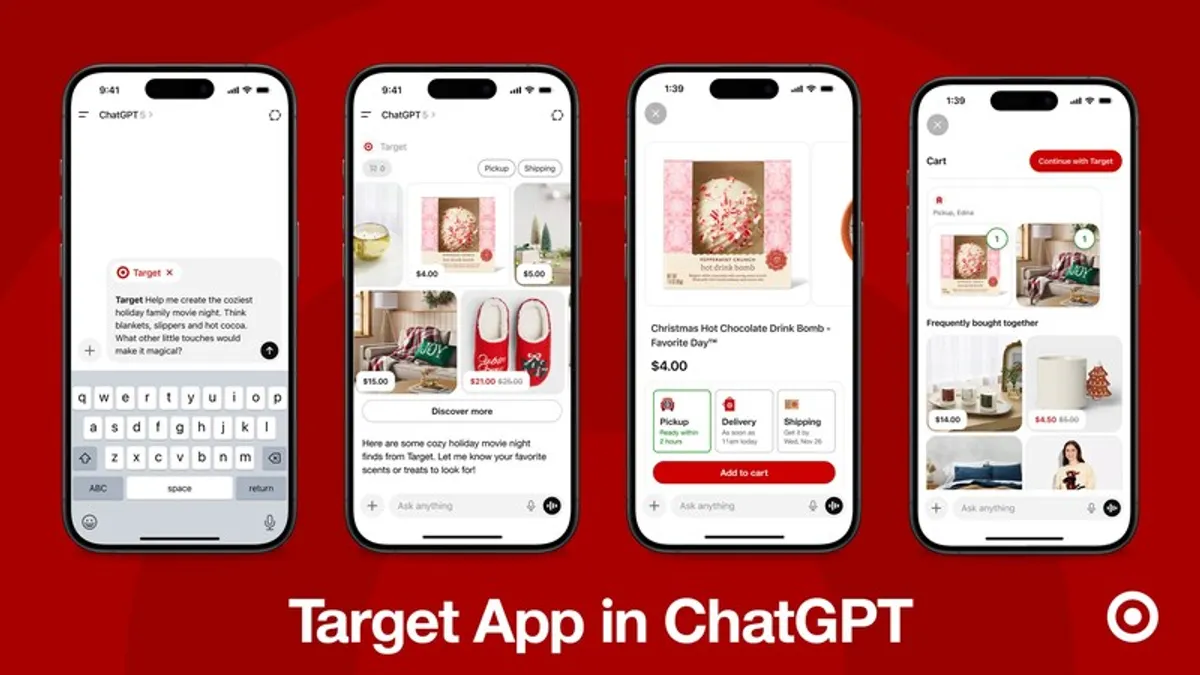Editor's note: The following is a guest post from Jean Yap McNamara, creative director at Sabio Mobile.
Apple may have just changed the game for mobile advertising.
The iPhone X made its debut in November, with splashy features like front and back cameras optimized for augmented reality (AR) and facial recognition technology that lets users unlock their phone with a quick glance at the screen. While there's a definite "cool quotient" and enhanced functionality for consumers, mobile marketers may benefit the most from Apple's ARKit, a software framework that lets developers more easily incorporate AR elements into their apps.
Yes, consumers may have been slow to adopt emerging technologies like AR and virtual reality (VR) — just 11 million VR-enabled devices were sold last year, according to the research firm CCS Insights. But AR, which mixes real world and virtual experiences, doesn't require a clunky, pricey headset. As a result, the barrier to entry is far lower because all that's required of users is to pull out their smartphone and enjoy the immersive ride.
As more consumers turn to ad blocking to avoid intrusive ads, mobile advertising will need to get more creative. With slow consumer adoption, brands may not yet be ready to bet all their chips on AR or facial recognition, but with the iPhone X and the new ARKit app development framework, they can experiment with creating more immersive advertising experiences without a huge investment or needing to build app code from scratch.
Until Apple's announcement, Pokémon Go was the best example of AR success, with $1.2 billion total revenue and 752 million downloads as of this summer. Though that game was an in-app execution, it gave the mobile industry some proof that there was a true business case for AR and that the technology was more than just a gimmick or bright, shiny object advertisers could pull out every so often to dazzle consumers.
It's still early on, and brands are understandably reluctant to fully embrace what's still a relatively new format. That being said, there are already numerous companies putting out AR experiences; Ikea, for example, released an app last year that let users visualize what their furniture would look like in their home. Apps by Wayfair and Overstock also give users the ability to see what the objects they've been shopping for would look like in real life.
While these apps fill a practical purpose by giving customers the option to try before they buy, other brands have used AR apps to generate customer awareness and engagement. For example, Patrón's AR app brings up a virtual version of the company's tequila distillery in Mexico, complete with agave fields and a bartender who explains the history of the distillery and the process of making tequila. A day after the Patrón Experience was released, Google searches for the terms "Patrón" and "tequila" had doubled. Within the first month of launch, the app had received around 600 downloads.
Skeptical brands might argue that they don't have the resources to build a new app from scratch, but luckily for them, Snapchat offers brands the opportunity to create a branded AR experience (for the right price, of course). With Snapchat's 3D World Lens, users can place 3-D objects into their posts, whether it's the latest model of BMW or a Budweiser vendor hawking beer. So far, advertisers seem to think the lenses are worth the significant investment (the base price is $300,000 a day, with some brands paying up to $1 million), citing the high levels of engagement and brand awareness that the lenses bring.
But as much as the early signs look promising, the most significant challenge for marketers will be the size of the addressable audience. With AR and facial recognition-driven ad experiences, you're relying on consumers with the newest phones. Apple may have proven that consumers are willing to pay hundreds of dollars for the latest and greatest gadgets, but consumers will still need to see if the company can also get people to upgrade their phones simply for the sake of accessing a few cool features.
If they are successful (and it looks like they will be), that could be what enables brands to create more seamless and immersive mobile experiences for banner ad-weary consumers. Apple's CEO Tim Cook is already bullish about an AR future, calling the technology "a big idea, like the smartphone." Apple may be laying the groundwork for a paradigm shift among consumers and the advertising industry as a whole. Given the company's track record, there's hope that it could shift people's perceptions of AR and drive its adoption. After all, the iPhone is the standard bearer for mobile — where Apple leads, others likely will follow.




















